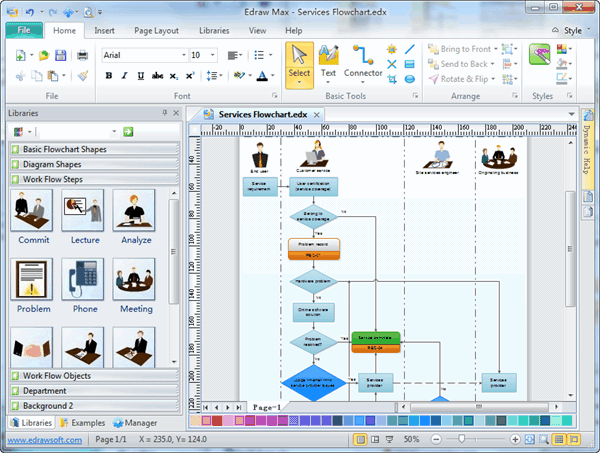
Image source: https://www.thisoldhouse.com/sites/default/files/styles/social_share/public/migrated/tout-images/well-sump-xl.jpg?itok=a9zpDotK
Many of today's cities distribute water through a system of pipes and valves that are over 100 years old and in some cases their systems date back to the Civil War era. These ancient water systems are falling apart. Lost in the daily shuffle are an ever increasing amount of water main breaks and pipeline ruptures.
As the municipal water systems deteriorate they either leak out of public view or fail in the form of water main breaks. It is not uncommon for a neighborhood to lose water or for traffic to be rerouted as a result of these problems. Some of the major causes for leaks and water line breaks are corrosion, tubercation, excessive weight, valve failure and human error
The problem with leaks and pipe/part failures is starightforward. Leaks can cause water utilities 10-20% loss of the water supply meaning that the cities water bill is going to be higher. This cost will be passed on to taxpayers at some point. In addition, leaks if unaddressed will eventually cause pipeline breaks or water pressure issues. The challenge for municipal water utilities is to get a handle on leaks before they become major repair problems. As most leaks go undetected (since they are underground), the best method for identifying leaks early is through regular scheduled inspections using a computerized tool such as an Enterprise Asset Management (EAM) system or CMMS.
The second issue is how to address water line breaks in a cost effective manner. The aging water infrastructures are breaking more often than before requiring constant reactive maintenance. The increase in maintenance work orders can be overwhelming if not managed correctly. With government budgets under high scrutiny and pressures to do more with less, one solution is to tackle the repair issues head on by switching to a proactive maintenance strategy using an EAM/CMMS. Using an EAM/CMMS organizes and automates the work order process. By eliminating archaic paper based systems, water utility managers will find they have increased flexibility for scheduling inspections and preventive maintenance or minor repairs.
Stopping unseen water leaks will occur only with better inspections and preventive maintenance. An EAM/CMMS organizes the workflow , shifts water utility maintenance to a more proactive role and results in costs savings from more efficient water systems as well as a reduction in labor expenses. For Municipal water utilities an EAM/CMMS is a win-win situation. The good news is the advantages of an EAM do not stop with better efficiencies and lower labor costs. An EAM will record the entire historical maintenance history of the water infrastructure. When an EAM is implemented properly, water utilities will have the tools necessary to manage the entire lifecycle of their infrastructure. This gives Municipal water management a far better idea of what they have, where it is, the equipment's age and maintenance history to predict problems areas as well as submit better capital budgets.
